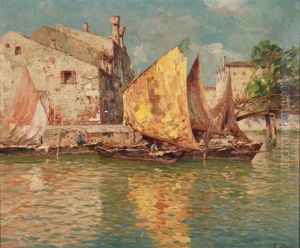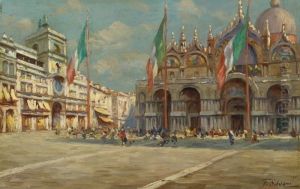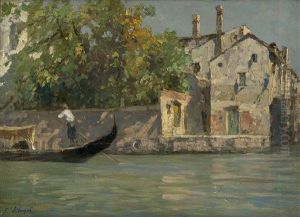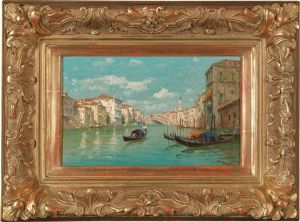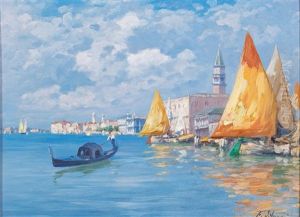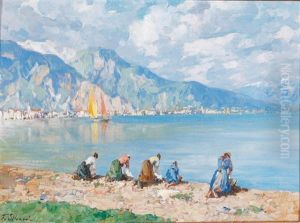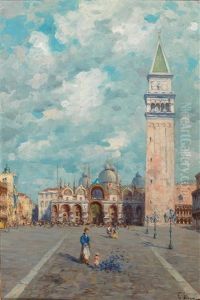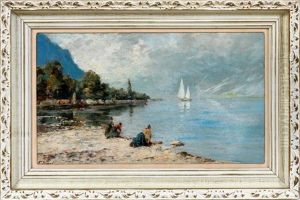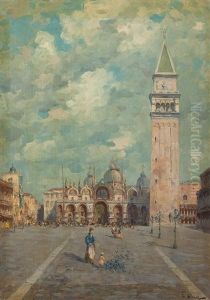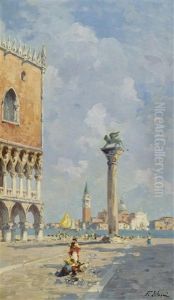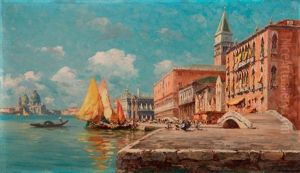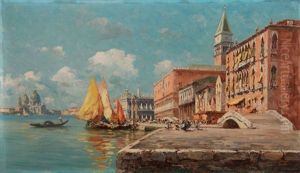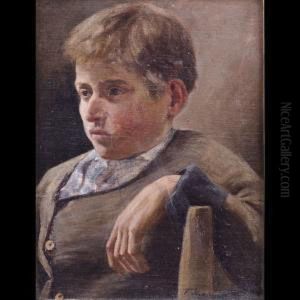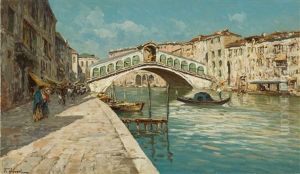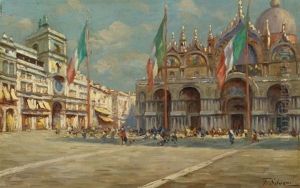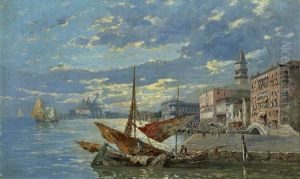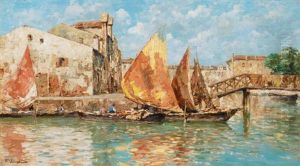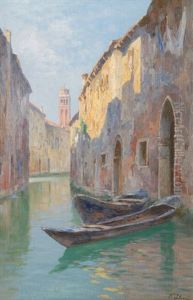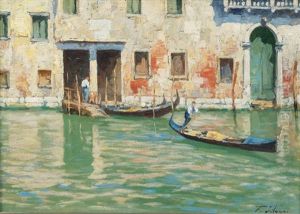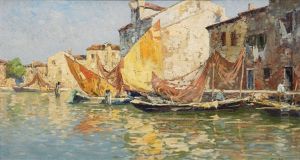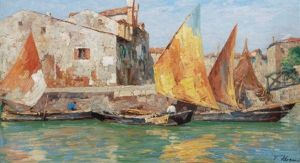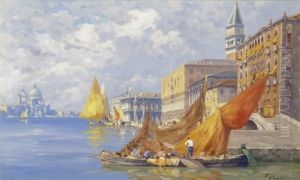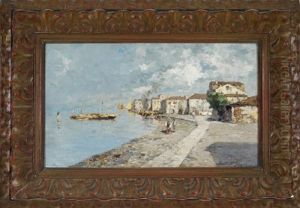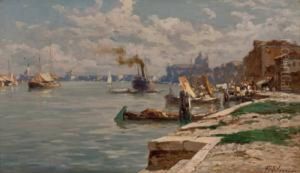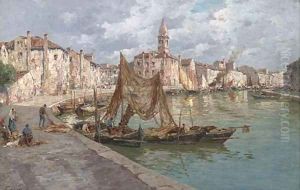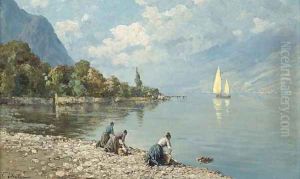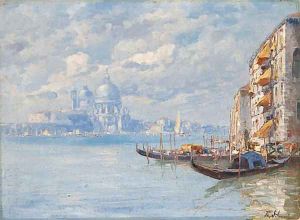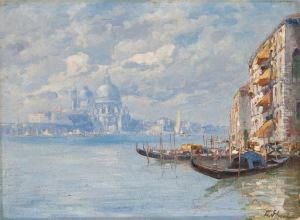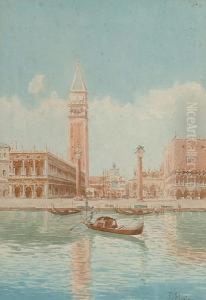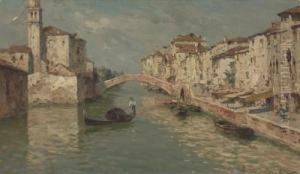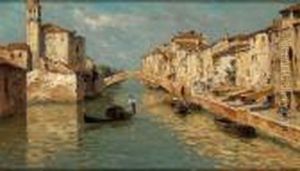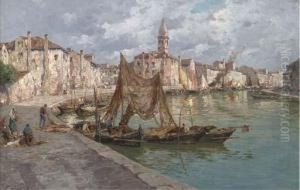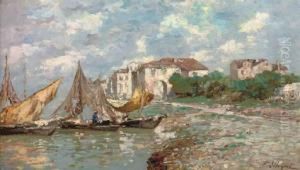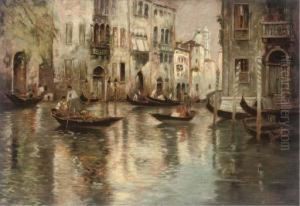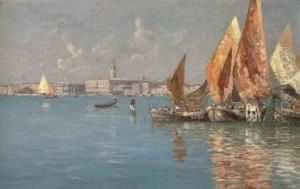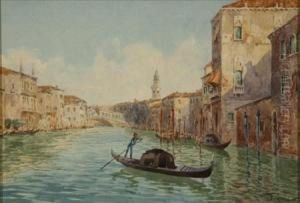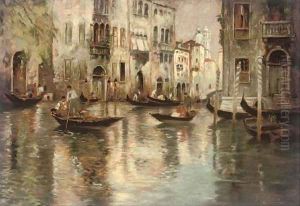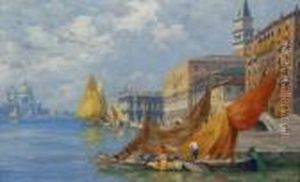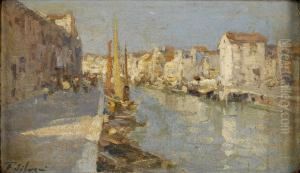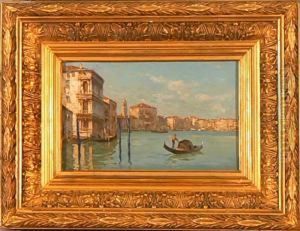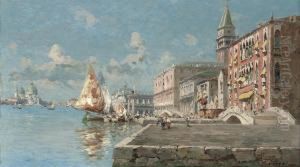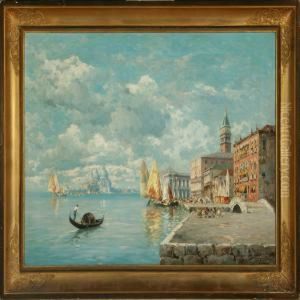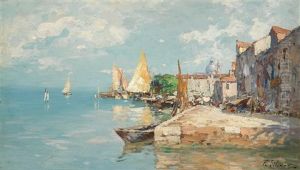Ferdinando Silvani Paintings
Ferdinando Silvani was an Italian architect active during the early Baroque period, primarily in Florence, Italy. Born in 1575 in Florence, he became one of the prominent architects of his time and played a significant role in the architectural landscape of Tuscany.
Silvani was a student of Giovanni Caccini and later became heavily influenced by the works of Bernardo Buontalenti, another significant figure in Italian architecture. Silvani's design style was characterized by a combination of classical Renaissance elements with the emerging Baroque flair, reflecting a transition in artistic tastes of the era.
Throughout his career, Ferdinando Silvani was responsible for designing numerous palaces and churches. Among his notable works are the facade of the church of San Gaetano in Florence, which he completed in 1648, and the Palazzo Corsini al Parione. His works are celebrated for their dramatic use of space, light, and ornamental features that would become hallmarks of the Baroque style.
Silvani's influence extended beyond his own projects as he was also involved in the urban planning of Florence. His contributions to the development of the city's streets and piazzas helped shape the Florentine urban landscape, integrating the grandeur of architecture with the practical needs of the city's inhabitants.
Ferdinando Silvani passed away in 1648, leaving behind a legacy as a master architect whose works contributed to the grandeur of Baroque architecture in Italy. His buildings continue to be studied and admired for their artistic and architectural significance.
